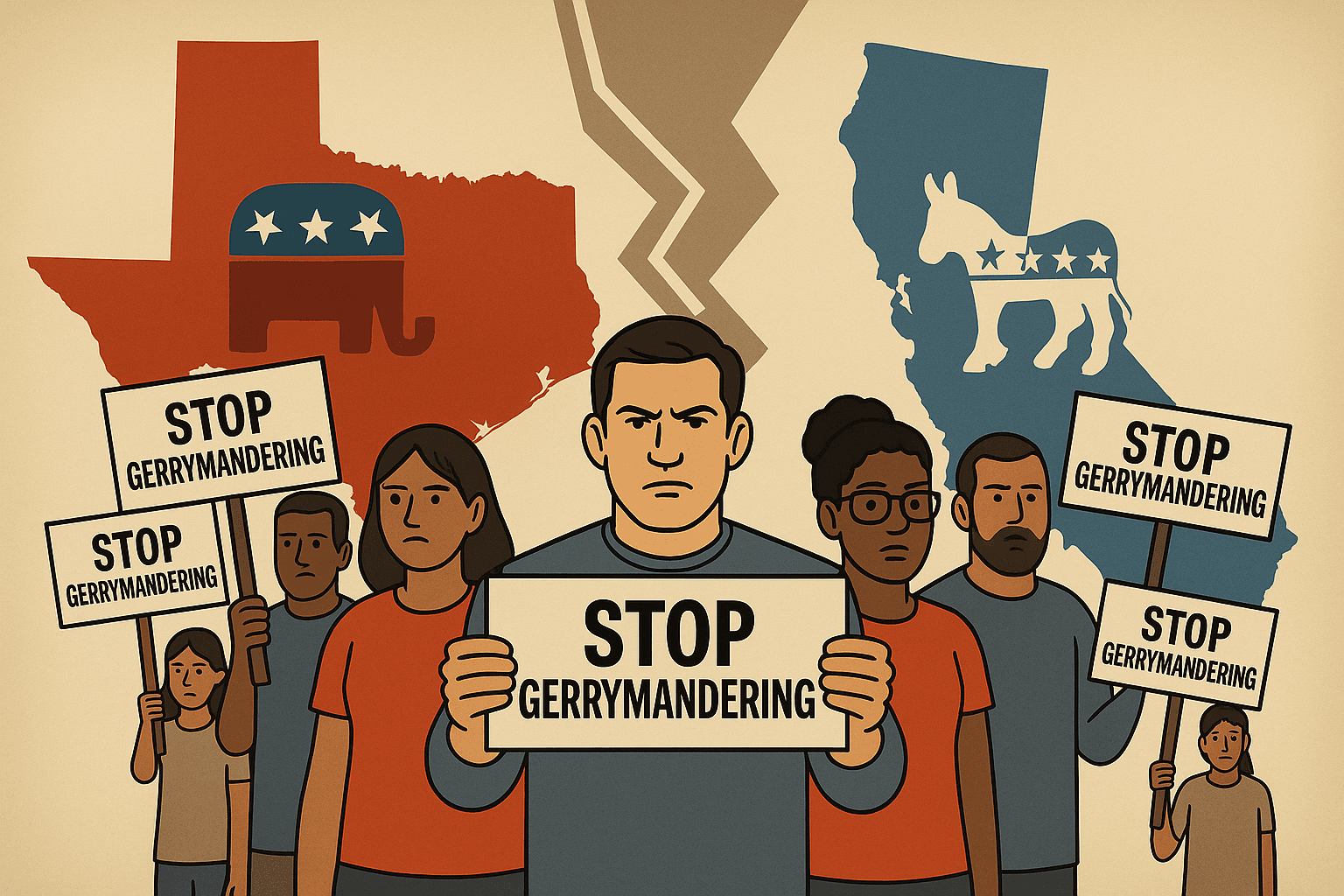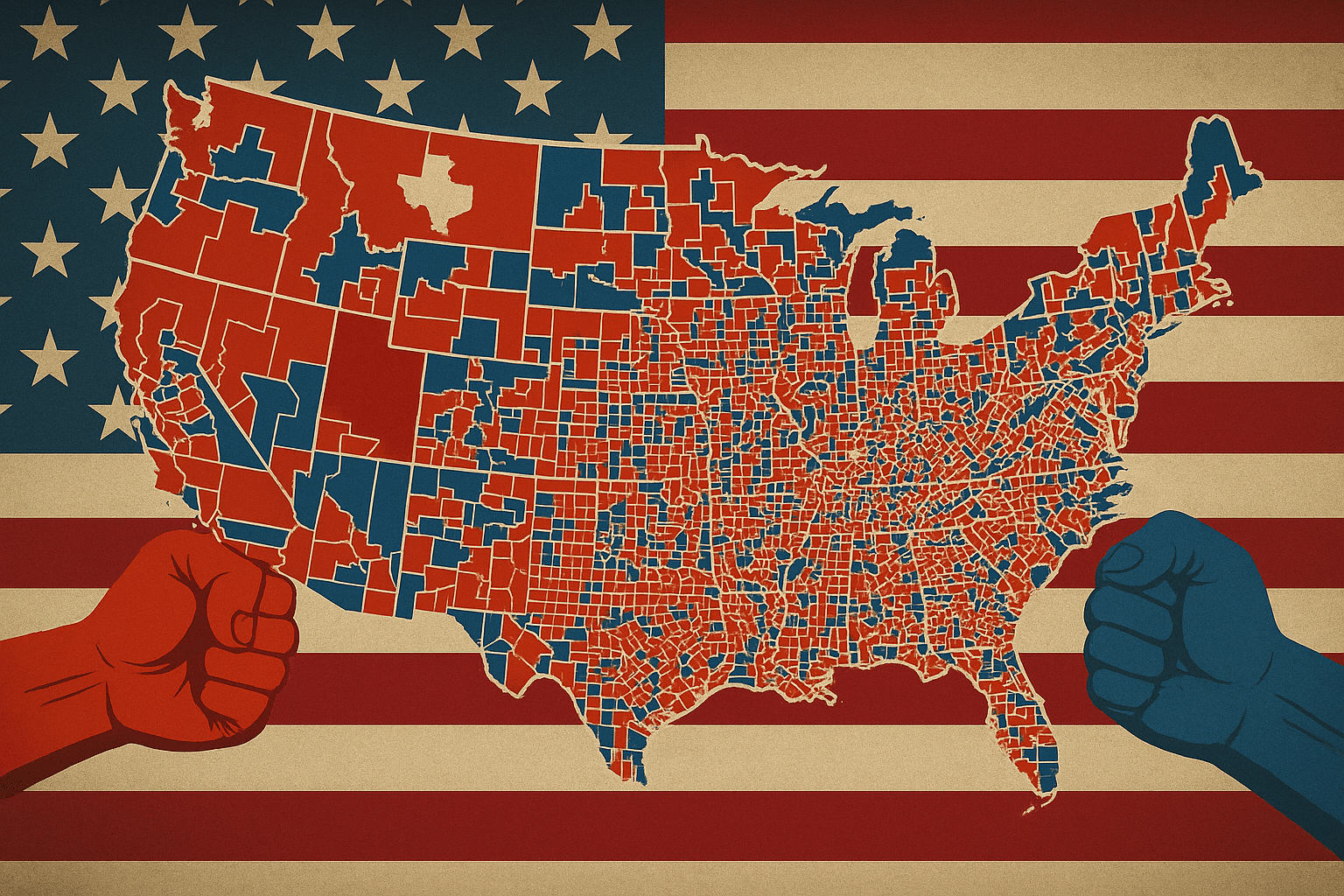Where Are the Most Competitive Congressional Districts?

dropped to 11 percent. As a result, commentators have already begun speculating how these dismal numbers might affect the 2014 midterm elections.
Many believe it is too soon to tell, but overwhelmingly, the polarization and gerrymandering of these districts have reduced the competitiveness of congressional races to a new low. In many ways, this increasing divide led to the standoff in the first place.
Therefore, the few remaining competitive congressional districts become all the more important. With elections a year away, three districts emerge as having the best possibility for a hotly contested race: California 31, Utah 4, and North Carolina 7.
All three districts deserve a closer examination by the electorate based on both the districts’ voter participation and the representatives’ legislative records.
California's 31st District
Gary Miller (R) is the current representative after first being elected in 2002. While the 31st Congressional District is historically non-competitive, 2012 proved to be one of the tougher elections for Miller as a result of the new nonpartisan top-two primary where all candidates run on one primary ballot, regardless of party.
voter turnouts in the state.As a result, Miller had to run a competitive primary campaign where he was narrowly nominated to run in the general election against a fellow Republican, Robert Dutton. Four democrats split their party's vote, paving the way for a Republican face-off. Miller won that election with 55 percent of the vote, but it had one of the lowest
2014 is expected to be a similarly competitive race from Republicans in his district, who see him as vulnerable, but also Democrats, who have already said they plan to make Miller one of their top targets for the 2014 election. Miller, a strong conservative, represents a district where Latinos comprise 50% of his district, and he endorses a hard-line stance on immigration issues which is generally seen as unpopular among his constituents.
The government shutdown has not improved his chances. In addition to voting with the majority of his party to shutdown the government, Miller has clearly been feeling the pressure of the impending race from within his own party and the pressures of Washington.
Utah's 4th District
Jim Matheson (D) is the current representative of Utah’s 4th Congressional District, which was a newly created district as a result of 2010 census. He defeated Mia Love (R) and Jim Vein (L) for the seat.
Matheson in the 2012 election. A similar effort holds the possibility of pushing a Republican nominee over the top.His narrow win over the Republican candidate (by less than 800 votes) leaves him vulnerable in the upcoming 2014 election. Republicans also spent more than double
Matheson is Utah’s only Democrat in Congress and he has recently faced increasing pressure in the state for voting with Republicans 68 percent of the time during the current session. Republicans accuse him of trending right in order to keep his seat, while Matheson argues he is a political independent, not beholden to any party interests.
While Matheson was only one of two Democrats to vote for the government shutdown, his subsequent bipartisan efforts are seen as popular in the state. He is one of the few congressional representatives leading the charge for a solution to the government shutdown that bridges the aisle divide. Matheson also opposes the Affordable Care Act.
North Carolina's 7th District
The only Democrat to vote with Matheson, and against his party, was Mike McIntyre (D), who represents North Carolina’s 7th Congressional District. McIntyre was first elected in 1996, but over the last decade, the district has grown increasingly competitive.
He won his last election in 2012 by just over 600 votes in what was considered the “closest congressional race in the country.” His opponent, David Rouzer, even called for a recount when the final voters were counted after more than a week after the polls had closed.
He is already listed as the second most endangered member of Congress for the 2014 election.
McIntyre is one of the few remaining conservative Democrats, who even went so far as to vote for the North Carolina amendment banning same-sex marriage and refused to openly support Obama’s 2012 re-election bid in public.
In a closed primary system, he faces opposition within his party from a more liberal candidate and fierce competition from Republicans in the general election.
Conclusion
All three candidates face increasingly competitive elections as a result of the 2010 census redistricting efforts. As a result, their positions reflect their tenuous position, as they appear more willing to cross party lines and deviate from strict party voting lines. While they remain vulnerable at the electoral level, they also appear most independent in their voting records, suggesting that the more competitive the district is, the more willing candidates are to vote across party strictures.
Photo Credit: Uros Zunic / shutterstock.com




